Philanthropy during COVID-19 in Brazil
Candid
JUNE 23, 2022
To understand how the pandemic impacted the philanthropic sector and civil society organizations around the world, we reached out to local experts who shared their observations and experiences over the past two years. Brazil’s culture of giving and philanthropy has been growing since the 1980s. billion by the summer of 2020. .

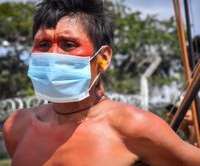

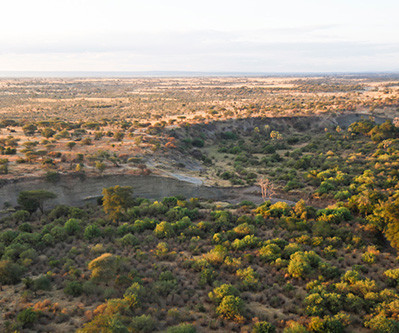
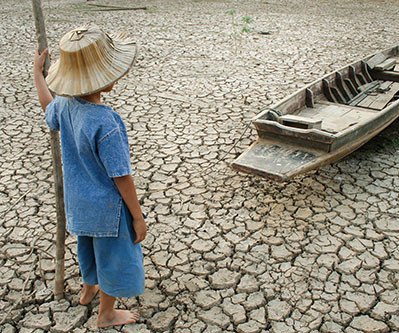

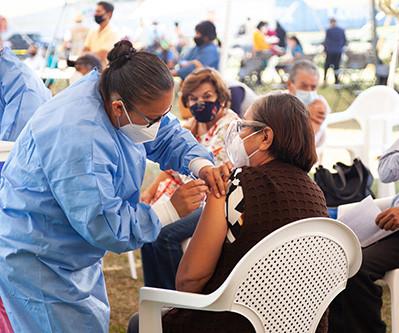
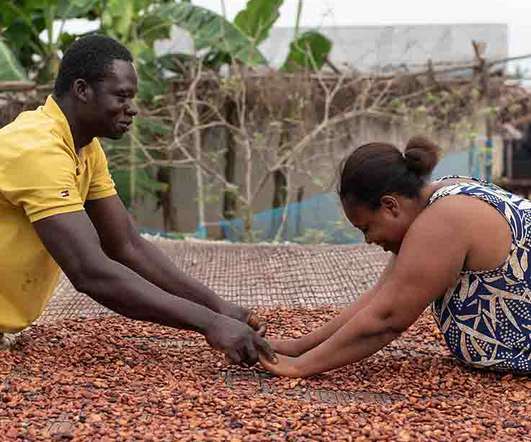









Let's personalize your content